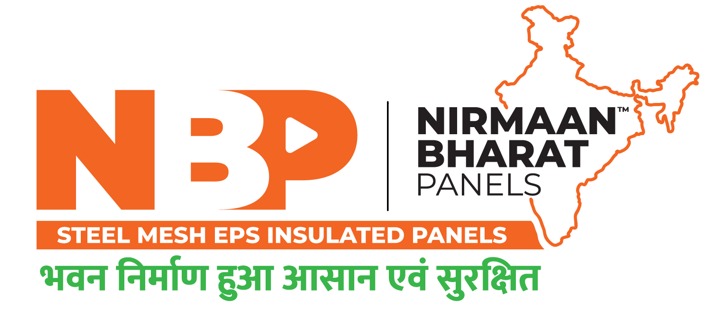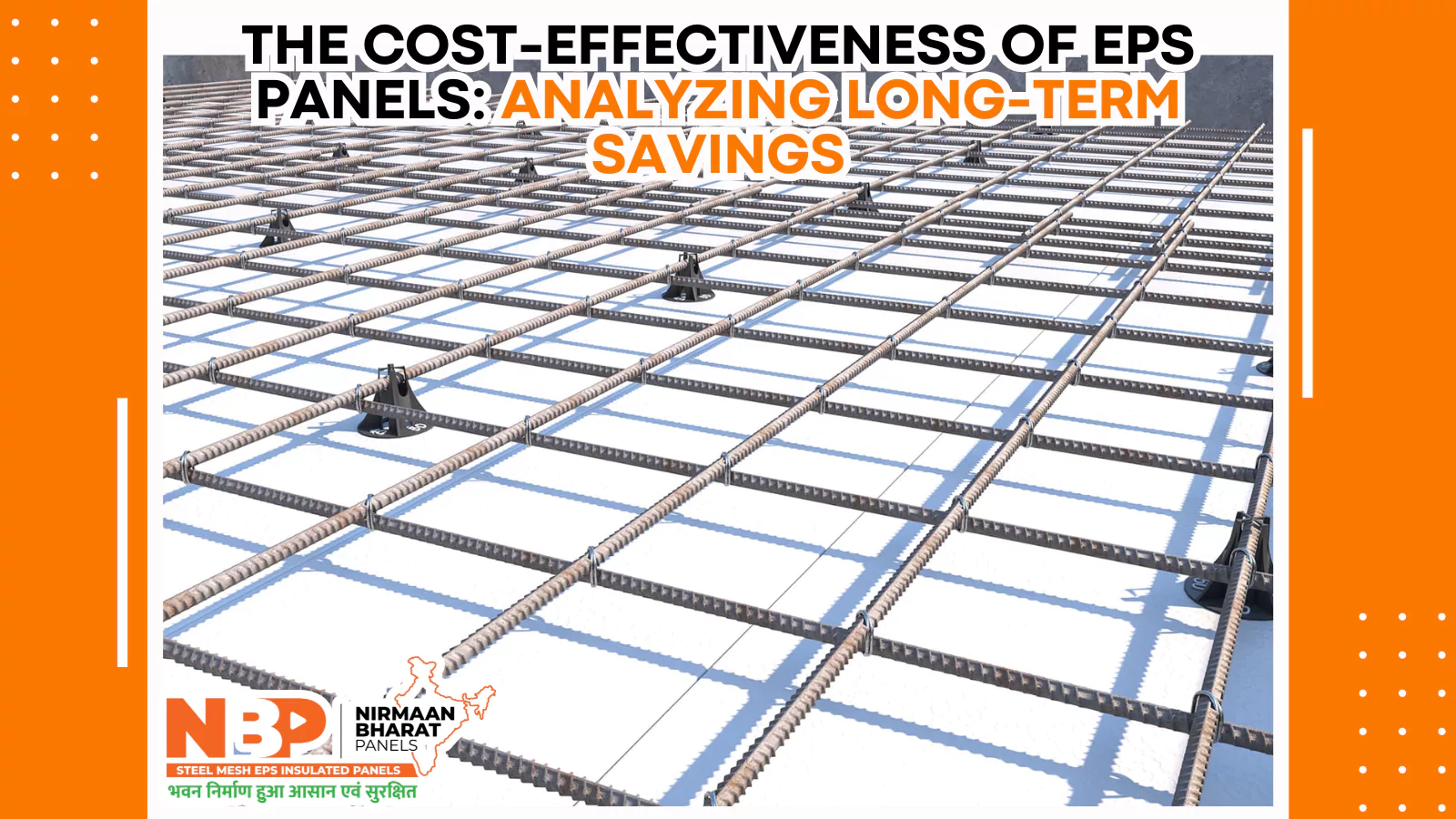Expanded Polystyrene EPS Panels in Different Climates are well-known for their outstanding insulation capabilities and versatility in construction. However, their performance can vary significantly depending on the climate in which they are used. This blog explores how EPS Panels in Different Climates works, from scorching heat to freezing temperatures. By understanding their behavior in various climates, builders and homeowners can make informed decisions about using EPS Panels in Different Climates to ensure optimal performance and longevity.
Table of Contents
Toggle1. Performance in Hot and Arid Climates
In hot and arid climates, such as deserts, EPS panels are highly effective due to their exceptional thermal insulation properties. These panels create a thermal barrier that minimizes the heat entering a building, which is crucial for maintaining comfortable indoor temperatures despite the extreme heat outside. EPS panels prevent heat transfer through walls and roofs, reducing the reliance on air conditioning systems. This not only enhances comfort but also leads to significant energy savings, as the HVAC system operates less frequently and at lower intensities. Additionally, EPS panels’ ability to reflect sunlight and heat helps prevent the building envelope from absorbing excessive heat.
2. Adaptability to Humid and Coastal Climates
In coastal areas with high humidity and salt exposure, EPS panels show remarkable resilience. They are engineered to resist moisture absorption, which is crucial in environments where other materials might succumb to damp conditions. EPS panels do not support mold growth, which is a common issue in humid climates. The material’s inherent properties ensure that the insulation remains effective and the structural integrity of the panels is preserved even when exposed to salty sea air. This durability helps sustain indoor air quality and prevents energy losses caused by moisture-related problems.
3. Cold and Snowy Climates
EPS panels perform exceptionally well in cold climates with heavy snowfall. Their high R-value, which measures thermal resistance, helps in reducing heat loss through walls and roofs. This is crucial for maintaining warmth inside buildings during frigid weather, thus minimizing the demand on heating systems. The panels’ resistance to moisture also prevents problems such as ice damming, where water trapped in roof insulation can freeze and cause damage. EPS panels keep the building envelope warm and dry, which improves overall energy efficiency and comfort.
4. Extreme Temperature Fluctuations
Regions that experience wide temperature variations between day and night benefit from EPS panels’ ability to stabilize indoor temperatures. The thermal mass of EPS panels helps stabilize temperature fluctuations, ensuring that buildings stay comfortable throughout the day. This stability reduces the need for constant adjustments to heating and cooling systems, leading to more consistent energy use and lower utility bills. EPS panels’ effectiveness in handling temperature fluctuations helps maintain a comfortable indoor environment regardless of external conditions.
5. Performance in Rainy and Wet Climates
In areas with heavy rainfall, EPS panels excel due to their low water absorption rate. Unlike materials that can degrade or lose their insulating properties when exposed to moisture, EPS panels remain effective even in wet conditions. They do not absorb water, which helps prevent issues such as swelling, rotting, or reduced insulation performance. This resistance to water damage ensures that the panels continue to provide thermal insulation and contribute to the overall durability and longevity of the building.
6. Fire Resistance and Safety Considerations
Although EPS panels are inherently combustible, modern versions are treated with fire retardants to enhance their fire resistance. This treatment improves their performance in fire-prone areas by reducing the rate at which they burn and preventing the spread of flames. In addition to these treatments, EPS panels can be used in conjunction with other fire-resistant materials and building techniques to meet safety standards. Their fire-resistant properties make them suitable for a variety of climates, including those with higher fire risks.
7. Insulation Value in Various Conditions
EPS panels consistently provide a high R-value across different environmental conditions, which is a measure of their thermal resistance. This high R-value ensures that EPS panels deliver effective insulation whether in hot, cold, or temperate climates. The panels’ ability to maintain their insulating properties regardless of external temperature fluctuations helps optimize energy efficiency and comfort throughout the year. This stability in performance underscores the versatility and reliability of EPS panels in diverse weather conditions.
8. Impact of UV Exposure
UV exposure can cause degradation in many building materials, but EPS panels are designed to withstand such conditions. They often come with UV-resistant coatings that protect them from the harmful effects of prolonged sun exposure. These coatings prevent the panels from becoming brittle or losing their insulating properties over time. By incorporating UV-resistant treatments, EPS panels ensure longevity and sustained performance even in sunny climates.
9. Ease of Maintenance Across Different Climates
One of the significant advantages of EPS panels is their low maintenance requirements. Their resistance to common issues like water damage, mold growth, and pests means they remain effective and visually appealing with minimal upkeep. This low-maintenance characteristic is particularly beneficial in varying climates where other materials might require frequent repairs or replacements. The durability and ease of care associated with EPS panels contribute to their overall cost-effectiveness and convenience for building owners.
10. Cost-Effectiveness in Various Weather Conditions
The cost-effectiveness of EPS panels is evident in their performance across different climates. Their high insulating properties lead to reduced energy consumption for heating and cooling, which can result in significant savings on utility bills. The durability and low maintenance requirements further enhance their economic value, as they reduce the need for repairs and replacements. The initial investment in EPS panels is offset by these long-term savings, making them a financially sound choice for a range of weather conditions.
Summary
EPS panels offer exceptional performance across a variety of climates, from hot and arid to cold and snowy environments. Their superior insulation properties, resistance to moisture, and durability make them a versatile and reliable choice for different weather conditions. Whether dealing with extreme temperatures, high humidity, or UV exposure, EPS panels maintain their effectiveness and contribute to energy savings, comfort, and reduced maintenance costs. Understanding how EPS panels perform in various climates helps builders and homeowners make informed decisions, ensuring that they leverage the benefits of these panels to their fullest potential.


